#flora of Asia
Text




Flower vending machines in Korea
2K notes
·
View notes
Text

Azalea Garden in Ome, JAPAN
148 notes
·
View notes
Text

Shymbulak, Kazakhstan
#Kazakhstan#Almaty#Казакстан#Алма-Ата#Алматы́#Asia#Central Asia#cottagecore#dark cottagecore#nature#naturecore#rural#garden#mountains#landscape#forest#trees#flowers#flora
55 notes
·
View notes
Text

19.06.
#35mm photography#35mm color film#35mm#35mm film#35mm camera#Palm#Asia#nature#k3033p nature#K3033p_photo#Garden#Forest#Flowers#Flora#photography#flowercore#aesthetic#travel#landscape#spring#fairy#dreams#fantasy#travelling#paradise#fairycore#trees#cottagecore#fairy cottage#flora and fauna
22 notes
·
View notes
Text
In northern Palawan two tiger subfossils were found during archaeological excavations at Ille Cave near the village of New Ibajay, as reported by Philip Piper and colleagues … Piper and colleagues take the tiger bones as evidence of a viable tiger population in Palawan. However, tiger claws are widely used as amulets in the whole of South and Southeast Asia where tigers occur, a practice carried out in earlier centuries, as pointed out by Van der Geer. Furthermore, the condition of the tiger subfossils differs from that of the other fossils, as they show longitudinal cracking of the cortical bone surfaces due to weathering, indicating a post-mortem exposure to air and light. In addition, slight damage is present at several places, and partial concretion occurs on one of the condyles. Piper and colleagues are aware of the 'ornamental' (magic) value of tiger skins and teeth, and admit that these can be transported over long distances, but they overlook tiger claws and jugular bones, which are widely used as well. The tiger subfossils might thus very well have been imported by the human settlers. Such was the case with the tiger canine found in 10th to 12th century Ambangan sites in Butuan, Mindanao, as explained by Elenita Alba. On the other hand, admittedly, Palawan is not far away from Borneo, and tigers are known to be excellent swimmers. A few tiger remains have also been reported from Borneo, being two subadult canines and a metacarpal fragment (Niah Caves) and a navicular bone (Madai Cave), from large latest Pleistocene and Early Holocene vertebrate assemblages. The conclusion that there was a viable tiger population in Palawan during the latest Pleistocene and early Holocene.
Excerpt from “Evolution of Island Mammals: Adaptation and Extinction of Placental Mammals on Islands” (2011) by Alexandra van der Greer et al.
#philippines#palawan#borneo#southeast asia#sundaland#panthera tigris#flora and fauna#prehistory#last ice age#x
8 notes
·
View notes
Photo
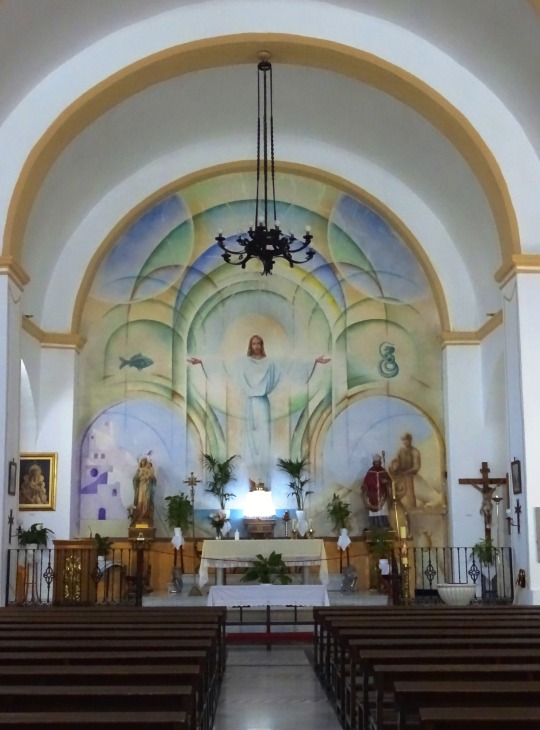



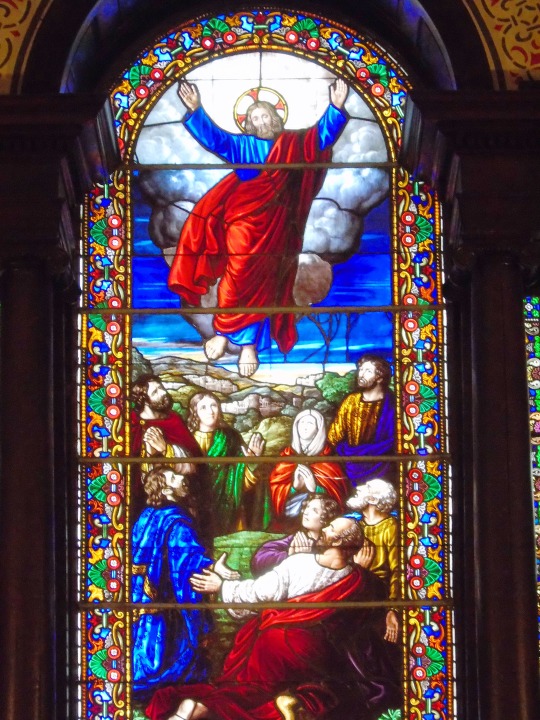





Easter
Easter is here, bringing with it joy, chocolate, and time with loved ones. Celebrate the holiday with egg hunts, delicious meals, and maybe even a visit from the Easter Bunny!
Easter is considered one of the most important holidays in the Christian faith, and is typically observed with various customs, such as attending church services, taking part in Easter egg hunts, and sharing meals with loved ones.
Easter Sunday, which is the main day of celebration, falls on the first Sunday following the first full moon after the vernal equinox, which marks the beginning of spring. The date of Easter can therefore vary from year to year, but it is always celebrated in the springtime. In addition to the religious significance of Easter, it is also a time for many people to celebrate new beginnings and the arrival of spring.
History of Easter
Easter has its roots in the ancient traditions of the Jewish people. The holiday is linked to the Jewish holiday of Passover, which commemorates the liberation of the Israelites from slavery in ancient Egypt. According to the Christian faith, Jesus was crucified and buried during the celebration of Passover, and his resurrection on the third day after his death is seen as the fulfillment of the promise of salvation that is central to the Christian faith.
The origins of the word “Easter” are somewhat unclear, but it is believed to be derived from the Old English word “Eostre,” which was the name of a pagan goddess associated with spring and fertility. In the early centuries of Christianity, the celebration of Easter was an important part of the faith, and the holiday was marked with various traditions, including fasting, prayer, and special services in churches.
Over time, the celebration of Easter has evolved and taken on various forms in different cultures and regions. In many countries, Easter is marked with the exchange of Easter eggs, which are often decorated and hidden for children to find during Easter egg hunts. The Easter bunny, a popular symbol of the holiday, is also associated with the tradition of giving and receiving Easter eggs. In addition to these secular traditions, many people also observe Easter with religious activities like going to church services, and participating in parades and processions.
How to Celebrate Easter
There are many ways that people celebrate Easter around the world. Some common traditions include:
Attending church services: Many people celebrate Easter by attending special services at their place of worship, such as mass or Easter Sunday services. These services often include hymns, prayers, and sermons that focus on the significance of Jesus’ resurrection.
Participating in Easter egg hunts: Many families and communities organize Easter egg hunts, where children search for eggs that are often filled with small treats or toys.
Decorating Easter eggs: Decorating Easter eggs is a popular activity, and people often use dye, stickers, or other materials to create colorful and creative designs.
Sharing meals with family and friends: Easter is often seen as a time to come together with loved ones, and many people celebrate by hosting or attending special meals and gatherings.
Giving Easter gifts: It is common for people to exchange Easter gifts, such as chocolate Easter eggs, Easter baskets filled with treats, or other small presents.
Participating in parades and other events: Many communities hold special events to celebrate Easter, such as parades, festivals, or other activities.
Taking part in other religious activities: Some people celebrate Easter by participating in other religious activities, such as fasting, praying, or reading passages from the Bible.
Fun Facts About Easter
The Easter bunny, a popular symbol of the holiday, is believed to have originated in Germany, where it was said to bring baskets of colored eggs to children.
In the United States, the White House holds an annual Easter egg roll on the White House lawn.
The world’s largest Easter egg hunt took place in Ontario, Canada in 2015, with over 500,000 eggs hidden throughout the city.
The Easter lily, a symbol of the resurrection of Jesus, is often used to decorate churches and homes during the holiday.
The Easter parade, a popular tradition in New York City, features people dressed in their finest Easter attire parading down Fifth Avenue.
In Greece, people traditionally dye Easter eggs red to symbolize the blood of Jesus.
The traditional Easter meal in many countries is roast lamb, which is a symbol of the sacrifice of Jesus.
In the Philippines, people celebrate Easter by holding parades featuring large floats and displays of Easter themes.
Easter is a popular time for people to travel, and many people take vacations or visit family and friends during the holiday.
Source
#Iglesia De Santa María#Mojácar#Spain#Frauenkirche#Nuremberg#Nürnberg#Germany#church#Mount Nebo#Jordan#Europe#Asia#travel#original photography#Happy Easter#Quebec City#Québec#Sweden#fauna#flora#animal#wildlife#Cathedral Of The Holy Trinity#Notre-Dame Basilica#Montréal#West Indian Lantana#Cline Family Cellars#Easter#summer 2022#flower
13 notes
·
View notes
Text
Khao Sok National Park, Thailand - Night Safari Hike
#khao sok national park#thailand#phuket#hike#jungle#tropical#evening#dark#night#night safari#rainforest#national park#flora#fauna#video#asia#trip#travel#khao sok
1 note
·
View note
Text
Sleepy Shiba
Postcard from China.
The bubble translates to “sleepy”
Friday Flora and Fauna
1 note
·
View note
Text
Ensure protection and multiplication of surviving animals.
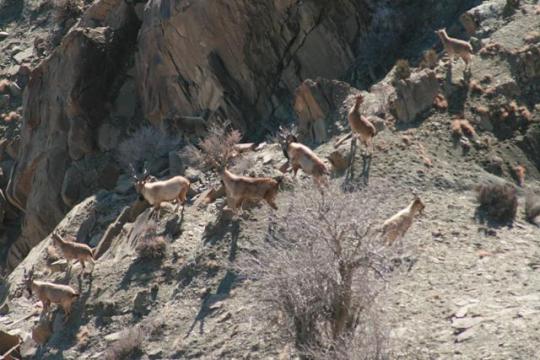
The survey was organized by IUCN jointly in collaboration with Balochistan Forest & Wildlife Department and SUSG-CAsia Habitat & Species Conservation Project, Quetta. Five teams comprising of wildlife experts from IUCN, Balochistan Forest & Wildlife Department, SUSG-CAsia and local community members conducted this survey at various potential sites of Markhor in the area.
The survey has revealed existence of very thin population of Suleman Markhor in the Khalifat mountain range in Ziarat. During the survey, six females and one male Markhor were directly sighted in Khalifat mountain area whereas; two females were sighted in Malikat Mountains. The fresh droppings of Markhor in the Malikat mountains also confirmed existence of Markhor in the area.
Speaking on the occasion, Mr. Ghulam Qadir Shah, Project Manager Juniper Conservation Project termed the survey a great success, as existence of Suleman Makhor was scientifically authenticated in the area for the first time. According to IUCN Red List of Threatened Species, 2010, no reliable information on occurrence of Suleman Markhor in Juniper Wildlife Sanctuary Ziarat has been reported before.
He further informed that IUCN Ziarat has planned more similar surveys of the area next year to estimate total surviving population of Suleman Markhor in the area. A participatory wildlife conservation plan will also be developed and implemented in collaboration with the Balochistan Forest & Wildlife Department and local communities to ensure protection and multiplication of surviving animals. At a later stage trophy hunting of Markhor can be introduced once its population has been stabilized to promote conservation benefits for the local communities.
Mr. Shah appreciated the support provided by Balochistan Forest & Wildlife Department, SUSG and local community members in the successful completion of the survey.
Speaking on the occasion Mr. Akhtar Hussain Bazai, Conservator of Wildlife, Balochistan Forest & Wildlife Department and Mr. Tahir Rasheed National Project Manager, SUSG-Habitat and Species Conservation Project, Quetta viewed this survey as a remarkable achievement and assured their full cooperation in conservation initiatives in the future.
Suleman Markhor is the national mammal of Pakistan, which has been listed as an endangered specie in the IUCN Red List of Threatened Species. It is scattered in northeastern Afghanistan, northern India (southwest Jammu and Kashmir), northern and central Pakistan, southern Tajikistan and southern Uzbekistan. It is found in mountain ranges at the elevation from 600 to 3,600 meters. Habitat fragmentation, illegal hunting, and other anthropogenic threats have severely reduced Markhor population in its natural habitats.
#straight horned markhor#markhor#markhor conservation#iucn red list#convention on international trade in endangered species of wild fauna and flora#Malikat mountains#near threatened#surveys#habitat loss#natural habitat#reduced Markhor population#mountain ranges#south asia
0 notes
Text
Taiwan: Hike on Lü Dao
There’s a hike on Lü Dao which leads to the highest point of Green Island. And there was the most beautiful weather to do that. So, hiking boots on and up the hills.
The path is wide, well maintained and not to miss. But on its side is dense forest with rich flora and fauna. Most obvious are the many butterflies fluttering in the air, buzzing insects and the calls of different birds. Also…

View On WordPress
#Asia#birds#butterflies#butterfly#cafe#coffeestray#fauna#flora#forest#greenisland#hike#hiking#island#landscape#lüdao#nature#renebauerphotography#snake#Spider#taiwan#Travel#whiteheron#wildlife
1 note
·
View note
Text


Water lily harvesting in Bangladesh (2016) ph. Zakir Hossain Chowdhury
#water lily#bangladesh#south asia#aesthetic#raincore#watercore#water aesthetic#forestcore#fairycore#photography#naturecore#nature#flowers#flora#cottagecore#earth#earthcore
1K notes
·
View notes
Text

68 notes
·
View notes
Text
Badak Sumatera
Satwa Khas Indonesia | Badak Asia | Badak Bercula Dua | Badak Berambut
Ada Lima Jenis badak yang masih dilestarikan dan salah satu jenisnya ada di Indonesia yang dikenal dengan nama Badak Sumatera, Satwa ini Merupakan spesies langka dari famili Rhinocerotidae. Badak ini juga dikenal dengan sebutan badak berambut dan juga badak bercula dua.
Badak Sumatera
Badak Sumatera ini juga merupakan…

View On WordPress
#animal#asian rhino#badak asia#badak berambut#badak bercula dua#badak sumatera#Conservation#Critically Endangered#endangered#fauna flora#fauna khas indonesia#flora fauna#forest#good trend#hairy rhino#herbivora#herbivorous#hewan dilindungi#hewan endemik#hewan herbivoran#horned rhino#indonesia#keep#mamalia#mammal#morfologi#morfologi badak#morphology#Natural Resources#nature
0 notes
Text

Elongated Tortoise (Indotestudo elongata), family Testudinidae, found in South and SE Asia
CRITICALLY ENDANGERED.
photograph by Flora Ihlow
179 notes
·
View notes
Text




Camera traps from our karst surveys in Cambodia have revealed a whole host of fascinating species:
Long-tailed Macaque: Found across Southeast Asia, these primates are highly adaptable, thriving in forests and human settlements. They are opportunistic feeders, consuming fruits, leaves, and invertebrates.
IUCN Red List Status: Endangered
Sunda Pangolin: found in Southeast Asia. Sunda pangolins feed on ants and termites. They use their strong front claws to tear open termite mounds and ant nests, then use their long, sticky tongues to capture and consume the insects.
IUCN Red List Status: Critically Endangered
Mainland Serow: a goat-like mammal with a bristly coat and backward-curving horns, inhabits the Himalayas, Southeast Asia, and China. They live in forested, mountainous regions.
IUCN Red List Status: Vulnerable
via: Fauna & Flora
89 notes
·
View notes
Text
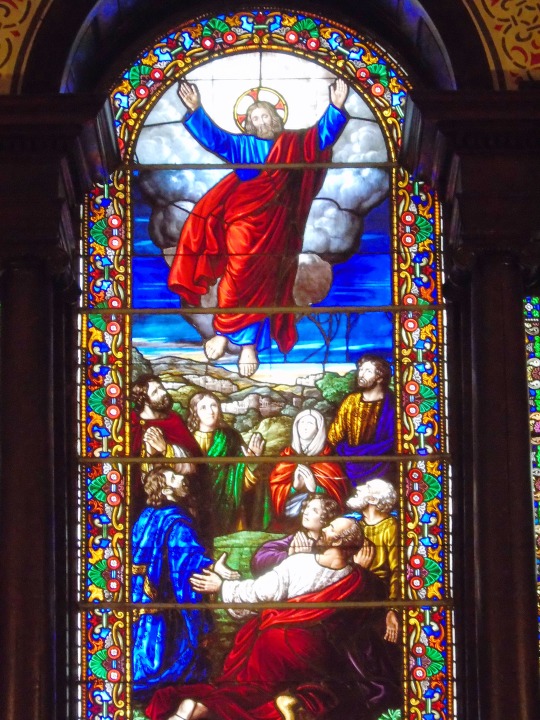
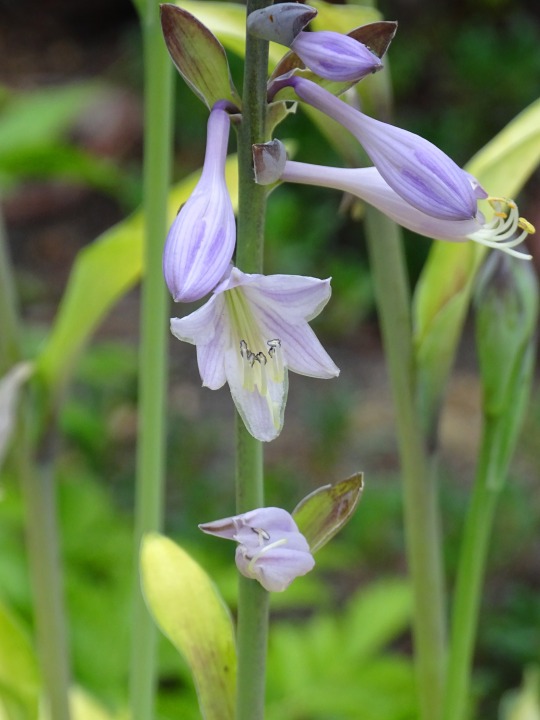

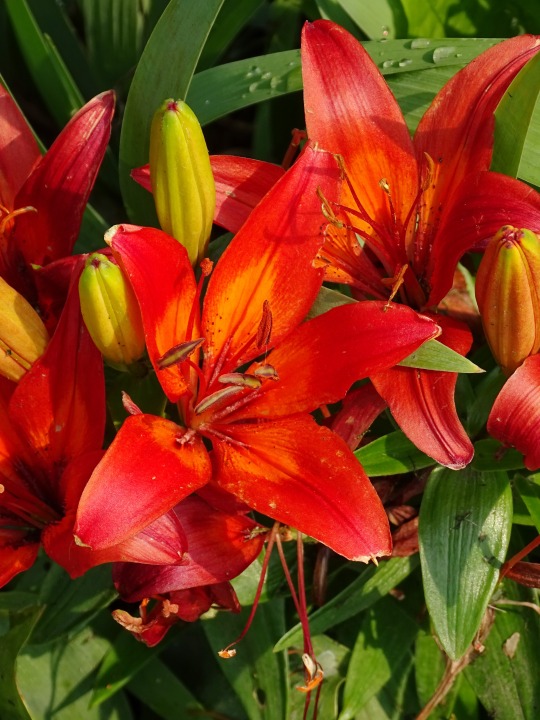
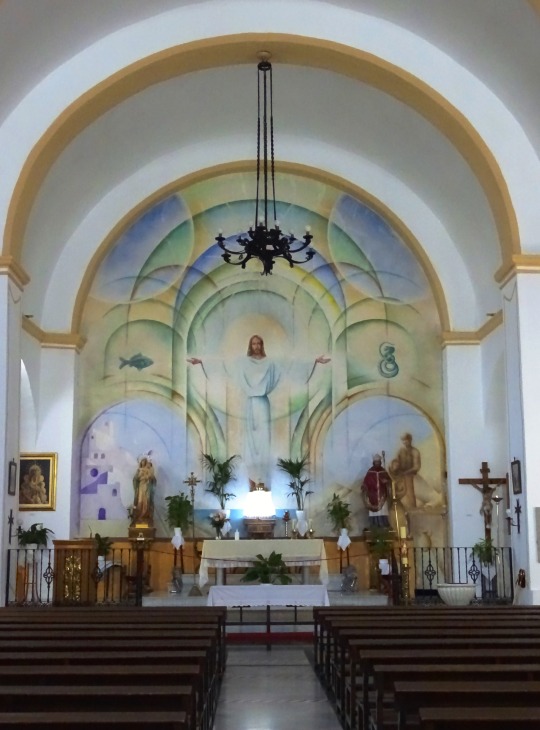
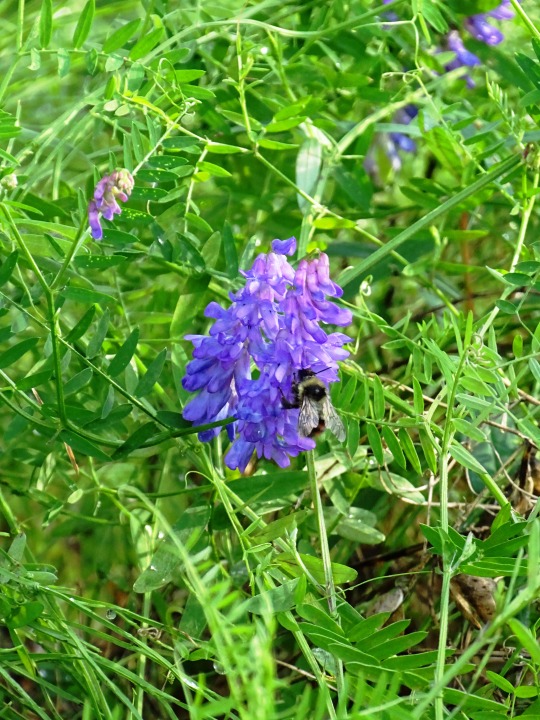

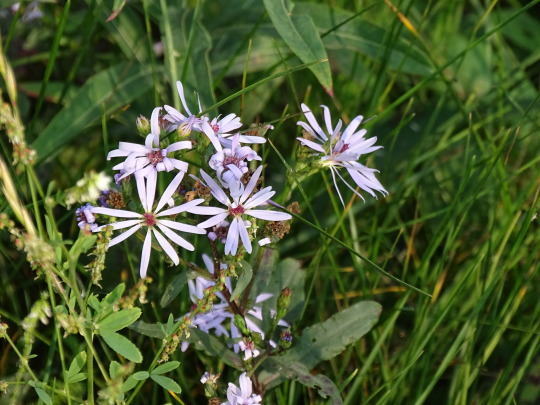
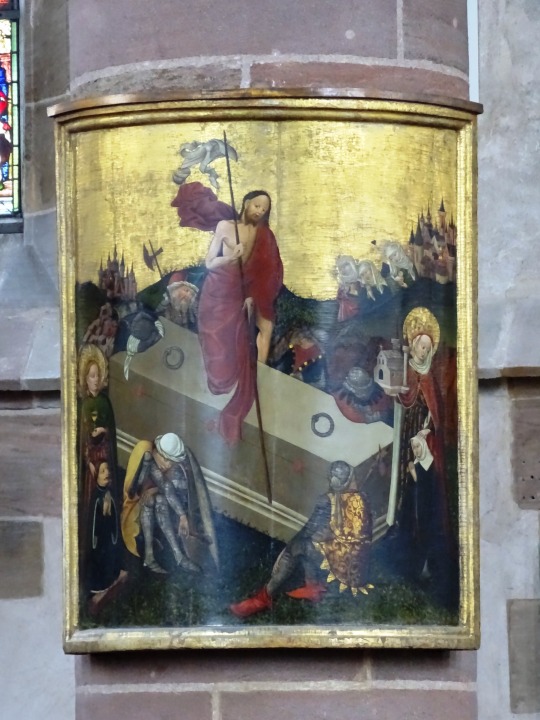

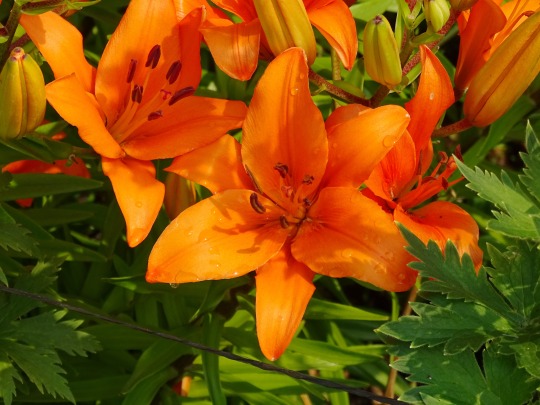
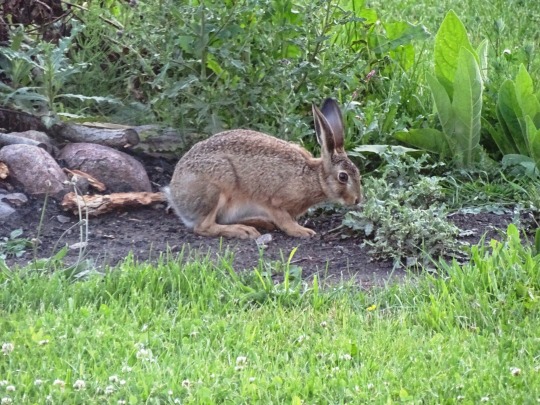
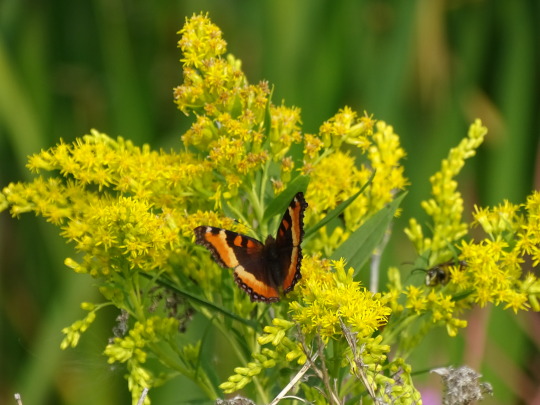
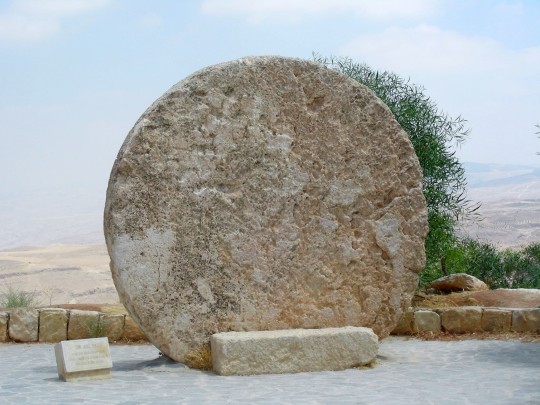
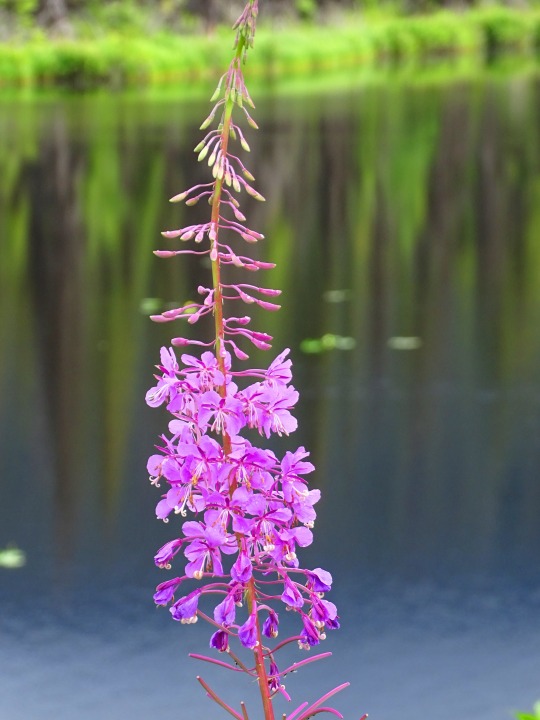

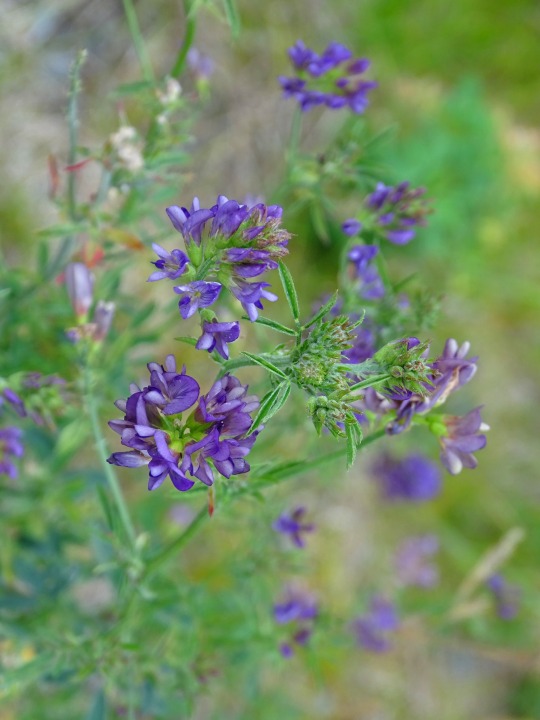

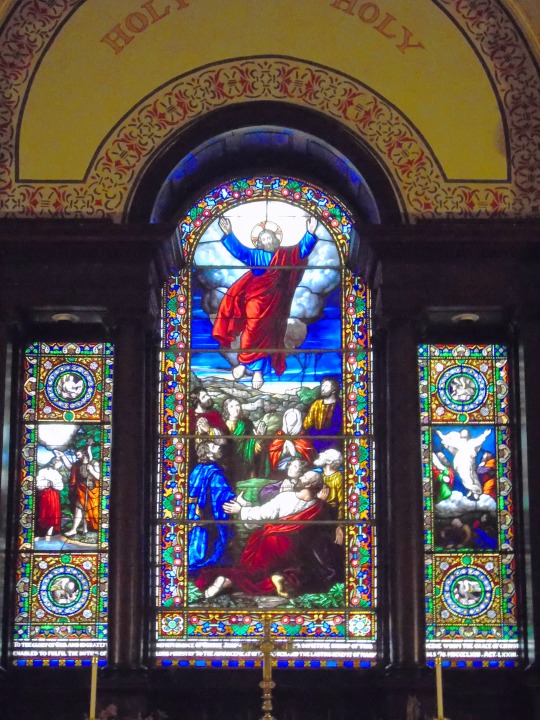

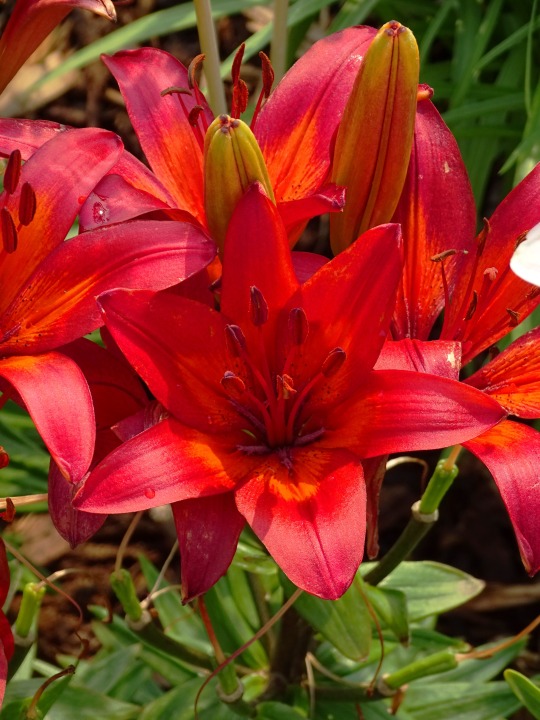


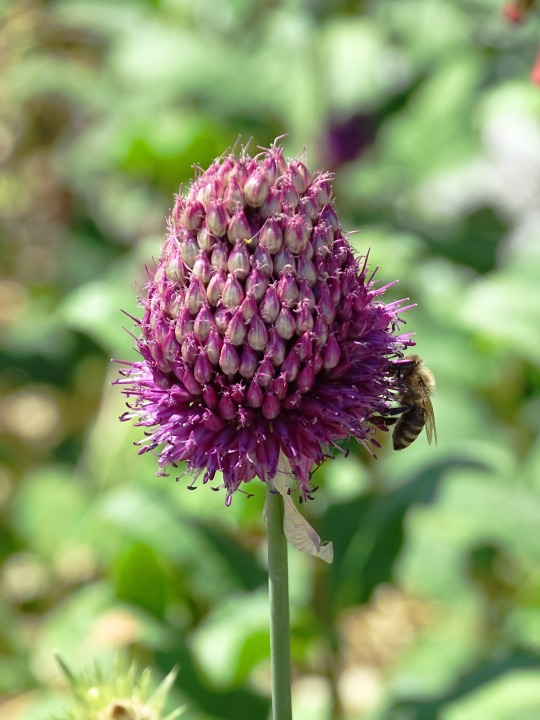
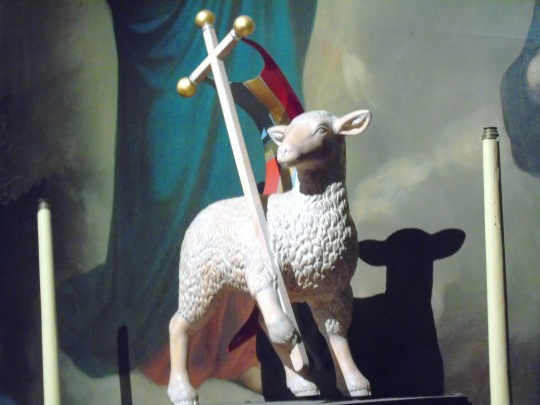

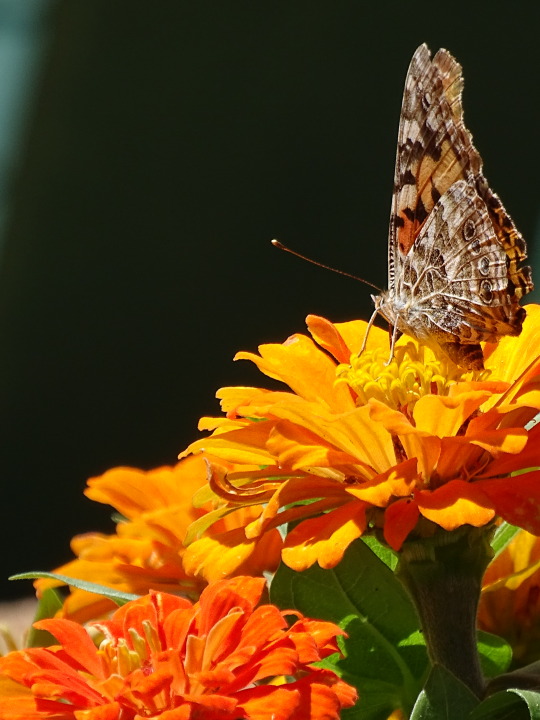
Easter
Easter is considered one of the most important holidays in the Christian faith, and is typically observed with various customs, such as attending church services, taking part in Easter egg hunts, and sharing meals with loved ones.
Easter Sunday, which is the main day of celebration, falls on the first Sunday following the first full moon after the vernal equinox, which marks the beginning of spring. The date of Easter can therefore vary from year to year, but it is always celebrated in the springtime. In addition to the religious significance of Easter, it is also a time for many people to celebrate new beginnings and the arrival of spring.
History of Easter
Easter has its roots in the ancient traditions of the Jewish people. The holiday is linked to the Jewish holiday of Passover, which commemorates the liberation of the Israelites from slavery in ancient Egypt.
According to the Christian faith, Jesus was crucified and buried during the celebration of Passover, and his resurrection on the third day after his death is seen as the fulfillment of the promise of salvation that is central to the Christian faith.
The origins of the word “Easter” are somewhat unclear, but it is believed to be derived from the Old English word “Eostre,” which was the name of a pagan goddess associated with spring and fertility. In the early centuries of Christianity, the celebration of Easter was an important part of the faith, and the holiday was marked with various traditions, including fasting, prayer, and special services in churches.
Over time, the celebration of Easter has evolved and taken on various forms in different cultures and regions. In many countries, Easter is marked with the exchange of Easter eggs, which are often decorated and hidden for children to find during Easter egg hunts.
The Easter bunny, a popular symbol of the holiday, is also associated with the tradition of giving and receiving Easter eggs. In addition to these secular traditions, many people also observe Easter with religious activities like going to church services, and participating in parades and processions.
How to Celebrate Easter
There are many ways that people celebrate Easter around the world. Some common traditions include:
Attending church services: Many people celebrate Easter by attending special services at their place of worship, such as mass or Easter Sunday services. These services often include hymns, prayers, and sermons that focus on the significance of Jesus’ resurrection.
Participating in Easter egg hunts: Many families and communities organize Easter egg hunts, where children search for eggs that are often filled with small treats or toys.
Decorating Easter eggs: Decorating Easter eggs is a popular activity, and people often use dye, stickers, or other materials to create colorful and creative designs.
Sharing meals with family and friends: Easter is often seen as a time to come together with loved ones, and many people celebrate by hosting or attending special meals and gatherings.
Giving Easter gifts: It is common for people to exchange Easter gifts, such as chocolate Easter eggs, Easter baskets filled with treats, or other small presents.
Participating in parades and other events: Many communities hold special events to celebrate Easter, such as parades, festivals, or other activities.
Taking part in other religious activities: Some people celebrate Easter by participating in other religious activities, such as fasting, praying, or reading passages from the Bible.
Fun Facts About Easter
The Easter bunny, a popular symbol of the holiday, is believed to have originated in Germany, where it was said to bring baskets of colored eggs to children.
In the United States, the White House holds an annual Easter egg roll on the White House lawn.
The world’s largest Easter egg hunt took place in Ontario, Canada in 2015, with over 500,000 eggs hidden throughout the city.
The Easter lily, a symbol of the resurrection of Jesus, is often used to decorate churches and homes during the holiday.
The Easter parade, a popular tradition in New York City, features people dressed in their finest Easter attire parading down Fifth Avenue.
In Greece, people traditionally dye Easter eggs red to symbolize the blood of Jesus.
The traditional Easter meal in many countries is roast lamb, which is a symbol of the sacrifice of Jesus.
In the Philippines, people celebrate Easter by holding parades featuring large floats and displays of Easter themes.
Easter is a popular time for people to travel, and many people take vacations or visit family and friends during the holiday.
Source
#31 March 2024#Iglesia De Santa María#Mojácar#Spain#Frauenkirche#Nuremberg#Nürnberg#Germany#church#Mount Nebo#Jordan#Europe#Asia#travel#original photography#Happy Easter#Quebec City#Québec#Sweden#fauna#flora#animal#wildlife#Cathedral Of The Holy Trinity#Notre-Dame Basilica#Montréal#Easter#flower#vacation#tourist attraction
0 notes